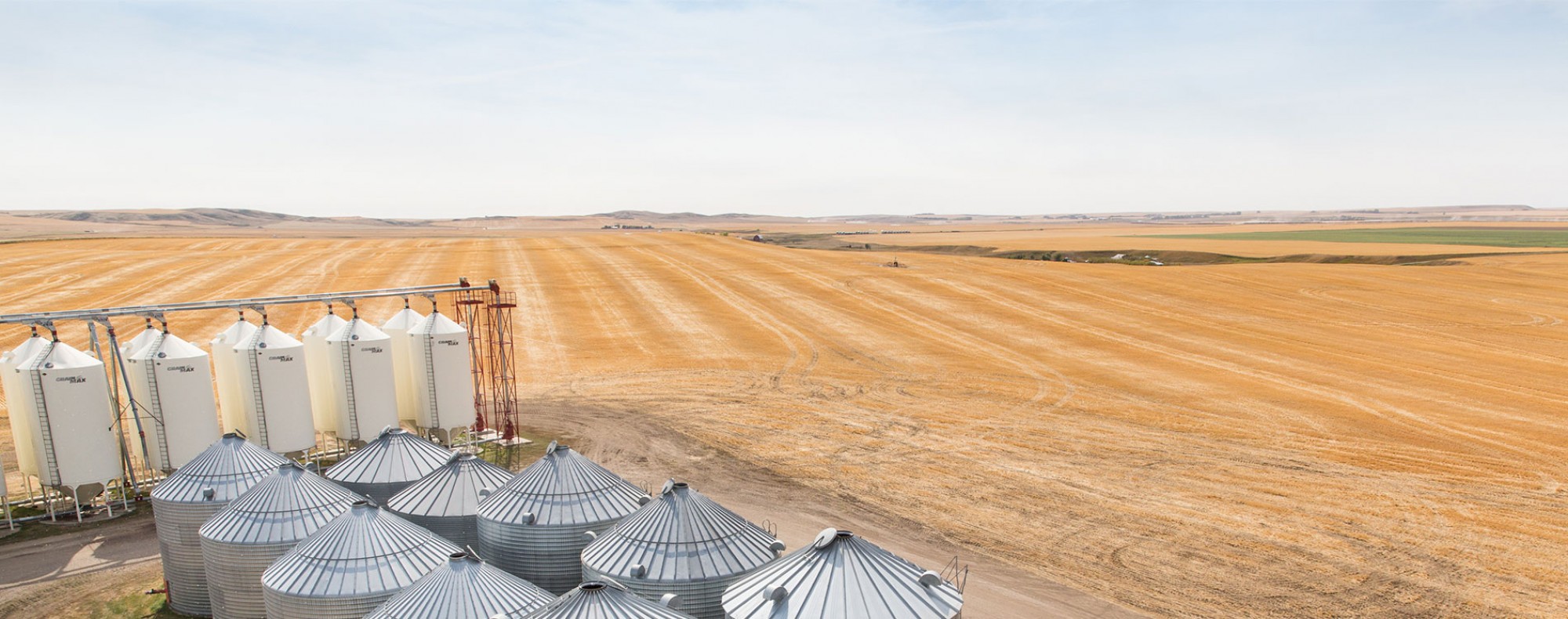Expanding Albertan capacity for Hard Red Spring wheat breeding, and the education of future scientists
AWC Investments: $830,000
Start date: March 1, 2019
End date: February 28, 2024
Summary
This project supports continued research and development activities of the Canadian Western Hard Red Spring (CWRS) wheat breeding program at the University of Alberta. We have released 11 CWRS cultivars and educated many scientists serving the Canadian agricultural system over the last 5 years. The objectives of this project are to continue development of new CWRS cultivars for Alberta, and to educate graduate students in this field for the Albertan wheat farming community.
- New cultivars and germplasm of CWRS wheat meeting the market quality needs of CWRS wheat and are adapted to the diverse production area of Alberta. To identify and develop CWRS wheat cultivars offering farmers agronomically superior cultivars; to identify and develop new cultivars of CWRS wheat offering food manufacturers and consumers greater nutrition; ensuring wheat grown by Alberta’s producers is competitive in world grain markets.
- New cultivars and germplasm developed with enhanced earliness, straw strength, bread making qualities, resistance to biotic and abiotic stresses and favorable functional properties.
- Improved understanding of the genetics of earliness, straw strength, resistance to biotic and abiotic stresses, bread making qualities, functional properties and genotype by environment interaction for wheat grown in Alberta.
- The education and training of graduate, post-graduate students and undergraduate summer students in the areas of plant breeding and agronomy.
Benefits to the industry
A 5% increase in yield potential due to genetic improvement on a $1.9 billion-dollar crop, would represent additional sales of about $110,000,000 annually, all things remaining equal. Increased disease resistance (Stripe rust, leaf rust, Fusarium among others) which results in less fungicide use will increase the bottom line of wheat farmers substantially due to lower production costs. To quantify these numbers is a bit like playing a game. I have read grant applications from various pathologists suggesting all field diseases, if totaled, would result in zero yield. Nevertheless, savings to the farming sector through diminished fungicide use would save Albertan wheat growers millions of dollars. Similar opportunity costs would occur through increasing yield potential without requiring more fertilizer (ie. increasing nitrogen use efficiency) or breeding for earlier maturity (less downgrading) and better lodging resistance (less field losses). Scientists developed through graduate studies in affiliation with this program have become important leaders in determining research and production priorities to serve the western Canadian agricultural sector.
Bio
Dr. Dean Spaner has been a professor for 20 years as a wheat breeder and agronomist at the University of Alberta. His research group works in two general areas:
- Conventional breeding (and genetic research) of wheat.
- Agronomy and breeding of wheat for low input, high stress and organic agricultural environments.
They work mainly in the fields and in greenhouses. In addition to a fully operational modern research farm and greenhouse facilities, they also have the use of a modern genomic lab at the Department of Agriculture, Food and Nutritional Sciences at the University of Alberta and conduct research on 11 acres of farmland on the South Campus devoted to organic agricultural research. They conduct wheat breeding and genetic and agronomic research on organic and conventional farms in central Alberta, and in affiliation with the Cereal Development Centre of Alberta Agriculture, Food and Rural Development in Lacombe and various private companies. They collaborate extensively with many breeding programs within the Agriculture and Agri-Food Canada network, and trial much material from CIMMYT in Mexico. Over 40 graduate students, Post-Doctoral Fellows and Research Associates have graduated from this program over the last 15 years, many now working in leading capacities in the agricultural sector of western Canada. The breeding program has released 11 CWRS and 1 CPS cultivars since 2013.
